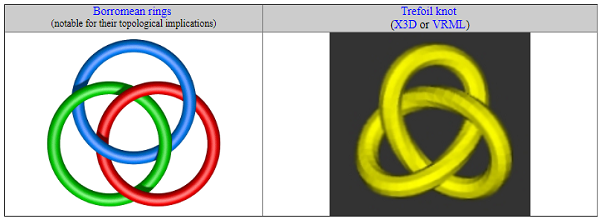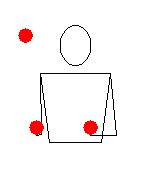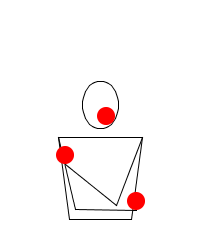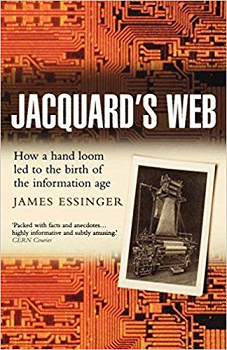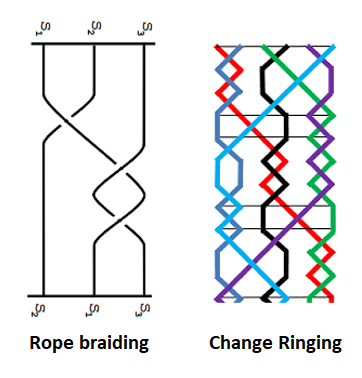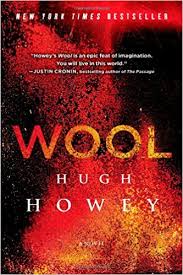City analogues and climate change 2019-2050
Monday, August 19th, 2019[ by Charles Cameron — pretty sure there will be black swans between here and 2050 ]
.
We’re beginning to see visual expressions of the implications of climate change that can perhaps help shift our awareness — comparing London, for instance, with Barcelona:
The climate in Barcelona (right) isn’t always a good thing – the city suffered a severe drought in 2008
**
The thing is, Barcelona’s weather isn’t exactly desirable in all respects:
London could suffer from the type of extreme drought that hit Barcelona in 2008 – when it was forced to import drinking water from France at a cost of £20 million.
And London in 2050 experiencing weather conditions analogous to those of Barcelona today is a projection based on a 2? rise in temperatures globally: that’s considered “actually quite optimistic, imagining a future where action has been taken to reduce greenhouse gas emissions.”
Ouch.
Here’s one professor’s comment on the report:
The University of Reading’s Professor Mike Lockwood warned about the damage that could be done to infrastructure.
“Bringing Barcelona’s climate to London sounds like it could be a good thing – if you don’t suffer from asthma or have a heart condition, that is – except London clay shrinks and is brittle if it gets too dry and then swells and expands when very wet.
“As ever, there is destructive and unforeseen devil in the details of climate change.”
**
The study, published in the journal PLOS One, suggests summers and winters in Europe will get warmer, with average increases of 3.5C and 4.7C respectively.
It’s the equivalent to a city shifting 620 miles (1,000km) further south – with those furthest away from the equator being most affected.
Southern California weather moves to Northern CA, Northern CA weather becomes the weather inj Northern Oregon and Washington, and on up to Canada and the once frozen north..
And real estate values will shift accordingly.
And transnational, climate driven migration patterns will emerge: US into Canada, and oh boy, Mexico into the US?
**
Well, analogues are pretty close cousins to what I’ve called DoubleQuotes, and the visual example above of London and Barcelona is joined in the BBC article I’ve been quoting from by twoi more examples:
Edinburgh could look very different by 2050
and:
People say Melbourne can experience four seasons in one day – something people in Leeds might be used to
— and since the authors of the study, Understanding climate change from a global analysis of city analogues, “found that 77% of future cities are very likely to experience a climate that is closer to that of another existing city than to its own current climate.”
Since they examined “520 major cities of the world,” roughly 400 cities would have analogue cities, climate-wise, which I suspect means 200 would experience shifts to 200 other cities, though heaven knows, the Venn diagram might show quite a few overlaps, giving us strings like “Edinburgh will be like Paris will be like Marrakesh will be like nothing we’ve ever seen”
**
DoubleQuotes all. Analogues. duels and duets, climate-counter-climate, city-counter-city, point-counter-point..
But see climate predictions, and how black swans will almost certainly distort them, and my related poem about Mecca in 2050, Mourning the lost Ka’aba






